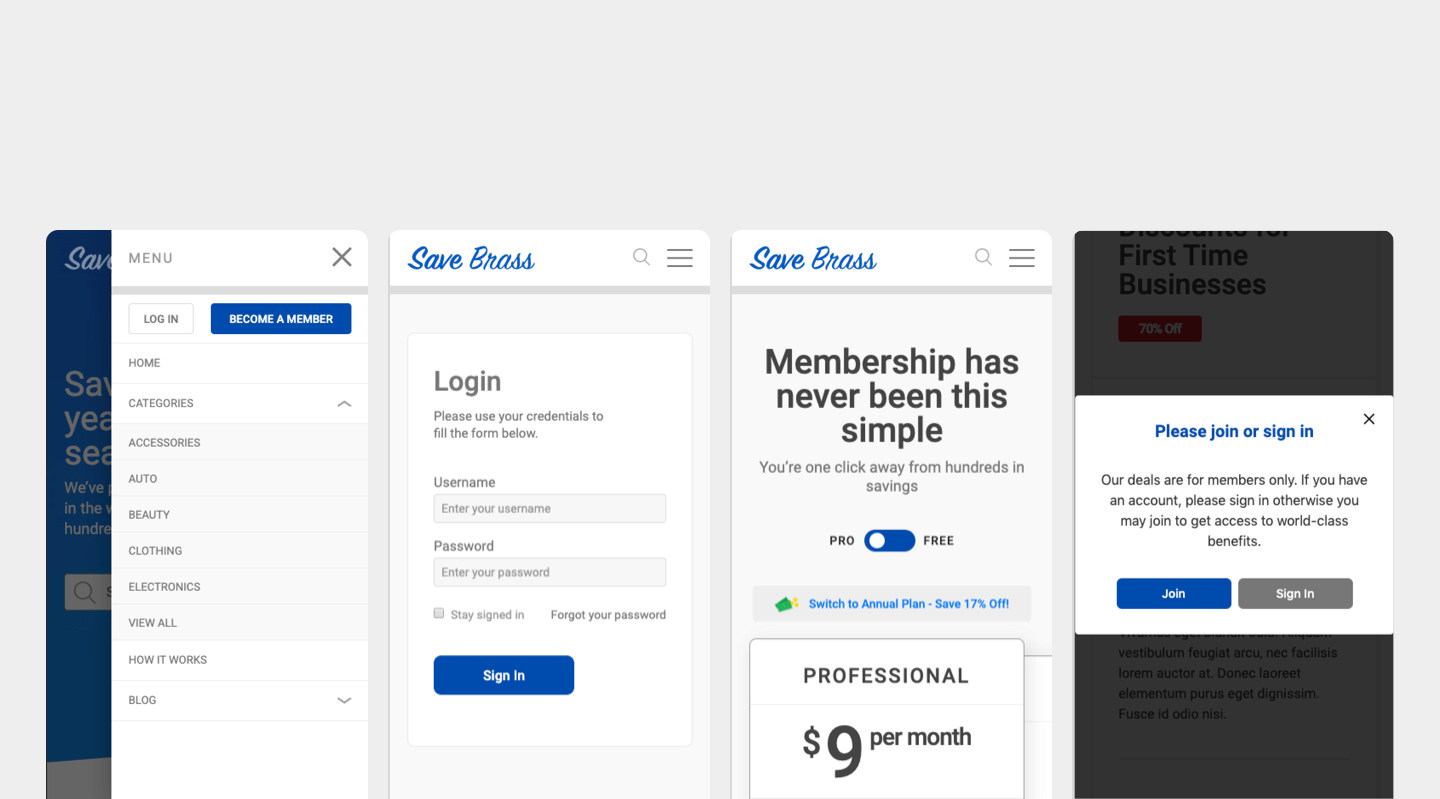Similarly, the PDP was designed and built to show value to the user. Front and center are the details of the deal. Logo, name, and savings. Some features are visible only on Desktop, like QR codes that allow users that are signed-in to be redirected to the deal or voucher on their device– this permits users to quickly scan and be on the go. I’ve also integrated components that display deals that are from the same vendor to push conversions.
I decided to choose WordPress as the CMS for this project. The custom functionality was a suitable fit for the requirements of the client. I created a new theme, added custom fields and post types. This allowed for deals that had categories and brands/vendors attached to them. After development and integration, I configured git, continuous integration and deployment. Now, every time the ‘master’ branch was pushed to or merged into, the updates would transfer over to the server.


